Amen to Armenia

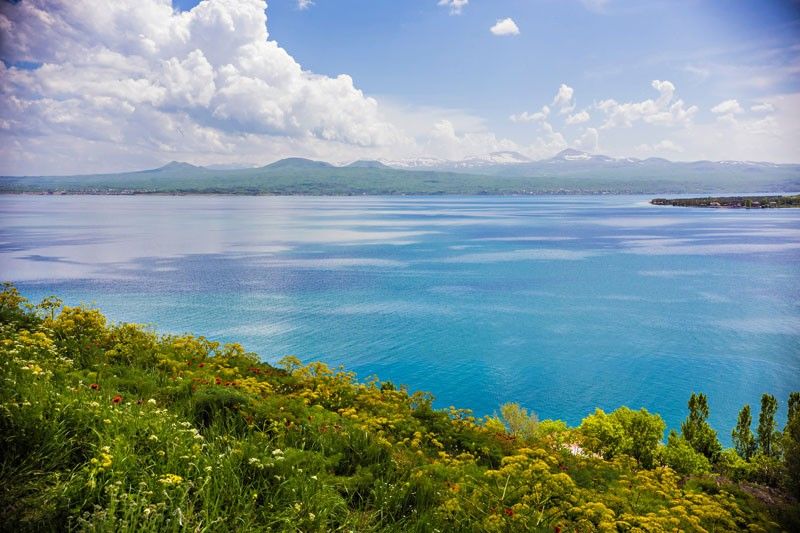
Traveling gives us a whole new perspective of what really is. The magical beauty of a place suddenly comes alive before our very eyes. Just like this recent trip to Armenia.
Armenia is the country where Noah’s Ark is believed to have found its resting place. It is also said that the Holy Lance that pierced the body of Christ was kept in a cave in this country.

At the Garni Temple in Armenia are Joseph Liao (sitting in front) and (standing from left) Penny Liao, Maura Constantino, Cecille Angelia, Dr. Dick Angelia, Fely Alinao, Leny Reyes, Virgie Reyes, author Christine Dayrit, Felix Copiaco, Nema Oco and Violy Sagla.
A landlocked country with Turkey to the west, Georgia to the north, and Azerbaijan to the east, Armenia boasts a history longer than most European countries.
Together with my traveling companions from Adams Express Travel led by the gracious Nema Ocon, we discovered a whole new world of magical ambience in Tatev Monastery via the longest cable car ever built in only one section called “The Wings of Tatev.” The Tatev Monastery, which was built in the 9th century, was considered the wealthiest medieval monastery in Armenia. In the 10th century, the region’s best school was created at Tatev — it became a mecca for scholars in the arts over the years. Paired with spectacular designs and breathtaking scenery, Tatev Monastery has a diverse historical significance.
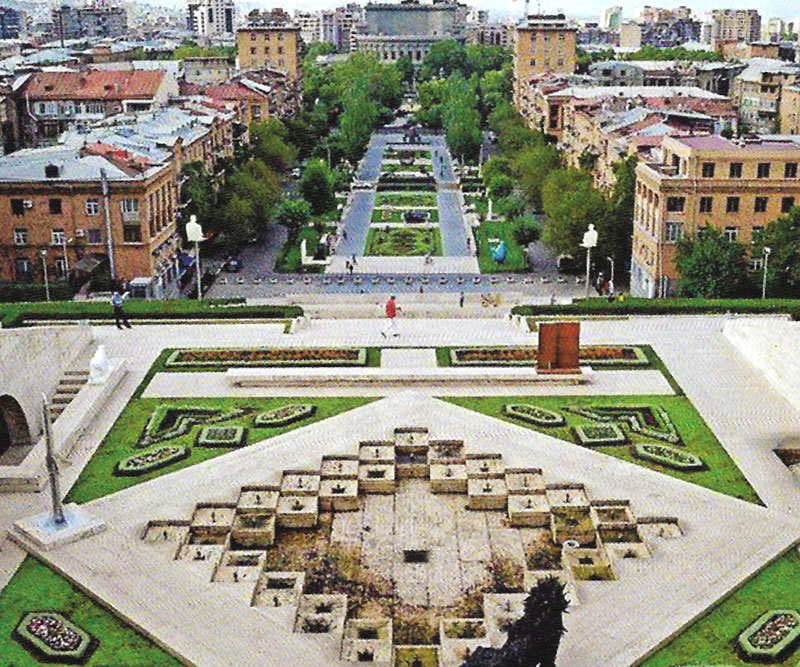
Republic Square is the central town square in Yerevan.
Then we proceeded to Khor Virap (Armenian for “deep dungeon”), the most sacred pilgrimage destination in Armenia, not only because it’s the only place in the country where you’ll get the best view of the biblical Mount Ararat (standing high at 5,165 meters), but this is also where Saint Gregory the Illuminator was imprisoned for 13 years by King Tiridates III for preaching Christianity. When the King found out that Grigor Lusavorich (Saint Gregory before canonization) survived after all these years, he told his men to find and release him thinking that Lusarovich could cure his illness. When Lusavorich cured him, the King begged for his forgiveness and their monarch system was subsequently converted into Christianity. What makes Khor Virap such a special and sacred destination is its mark in the start of Christianity.
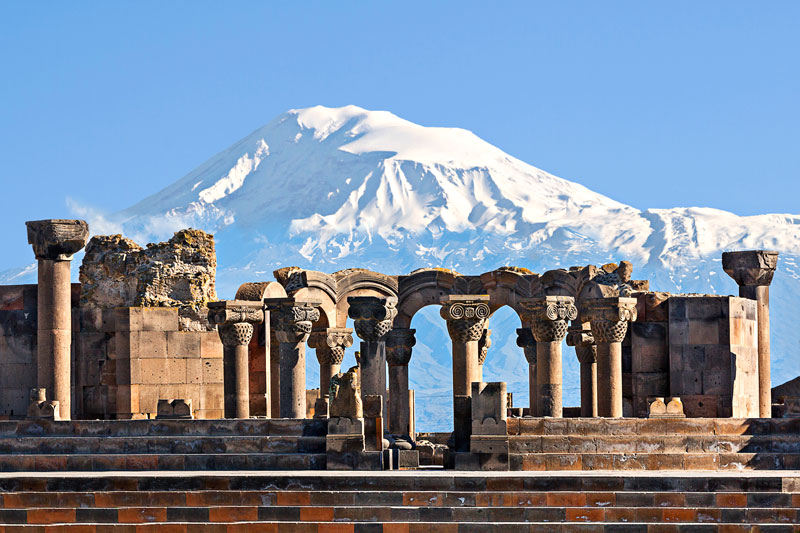
Zvartnots Cathedral is a 7th-century centrally planned aisled tetraconch-type Armenian cathedral built by the order of Catholicos Nerses the Builder from 643-652 AD.
Ararat is also believed to be the resting place of Noah’s Ark. Guided by the remote majesty of biblical Mount Ararat we explored the site, its underground chambers and elegant chapels, and were captivated by ascetic atmosphere. As you observe the beauty of such creation, it makes you feel connected to God.
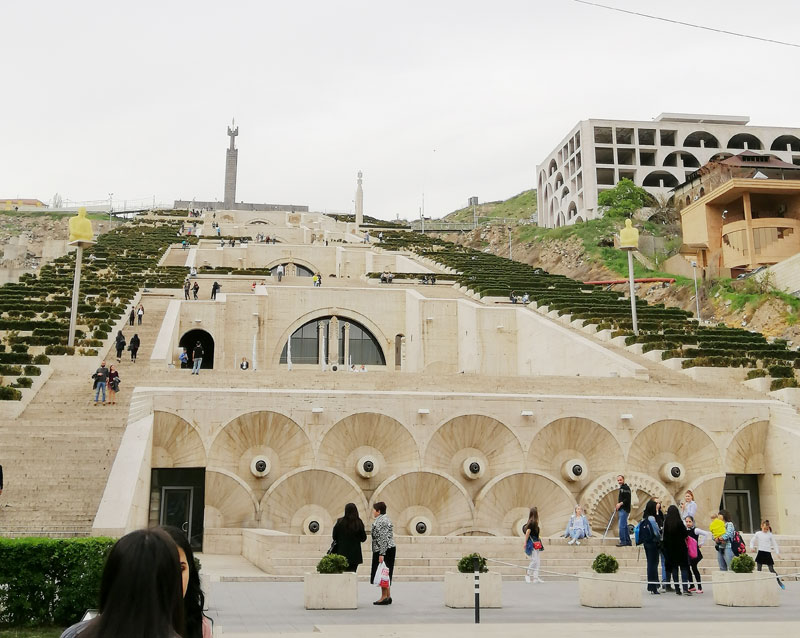
The Cascade is a giant stairway made of limestone in Yerevan, Armenia. It links the downtown Ketron area of Yerevan with the Monument neighborhood.
Moving to the heart of Armenia’s own Vatican City, we enjoyed a day at Holy Echmiadzin with its world’s earliest Christian churches included in the list of UNESCO World Heritage Sites. In this religious center proudly stands the Echmiadzin Mother Cathedral (4th century), the world’s oldest official Christian church; and St. Hripsime Church (7th century), a true masterpiece of early medieval Armenian architecture. Strolling around this monastery feels like walking in the past, a marvelous area filled with sacred objects.
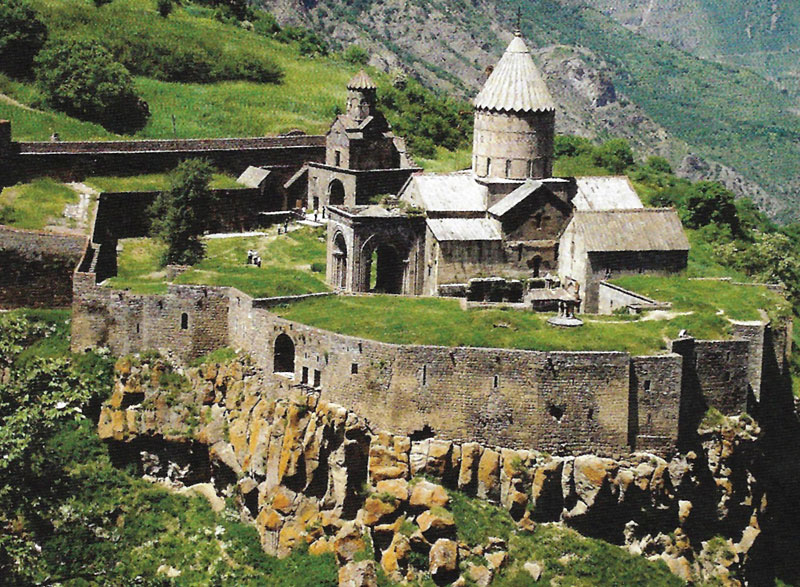
The Tatev Monastery, which was built in the 9th century, was considered the wealthiest medieval monastery in Armenia.
In the west of Yerevan and also within sight of the Ararat mountains are the ruins of the unusual Zvartnots Temple. It was built at a time when much of Armenia was under Byzantine control or influence and during the early invasions of Armenia by the Muslim Arabs. The 7th century temple area was excavated in the 20th century and is now a UNESCO World Heritage Site. Its architecture and location is a feast for the eyes; the temple was believed to be a sacred place dedicated to angels. Zvartnots is not huge but truly spectacular nonetheless.
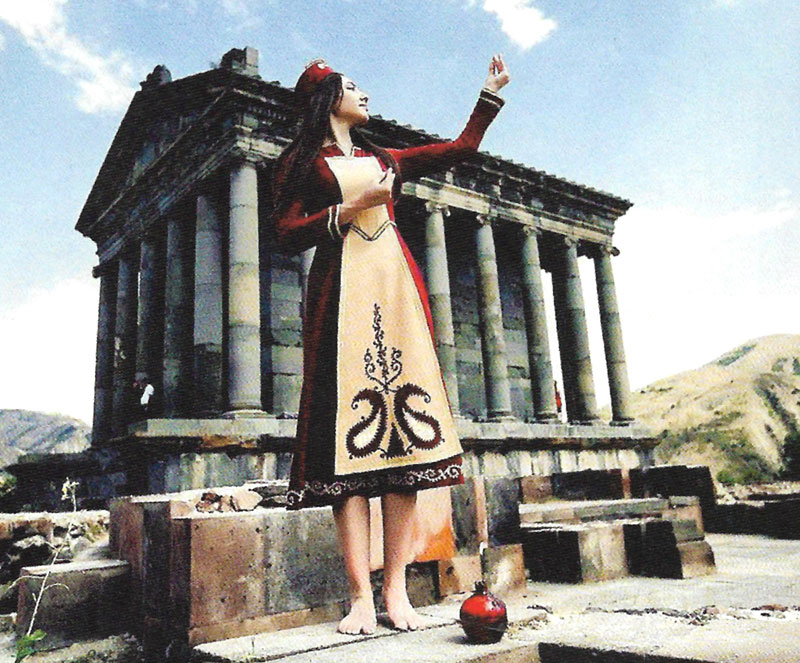
The Temple of Garni is the only standing Greco-Roman colonnaded building in Armenia and the former Soviet Union.
We were delighted with the main highlights of Yerevan. The Cascade, the huge white stairway that links the downtown area of Yerevan to the monument neighborhood, was built in the 1970s, comparable to a natural cascade in a river or stream. This monument is composed of a succession of escalators and exterior stairs that “cascade” down to the lower Kentron district.
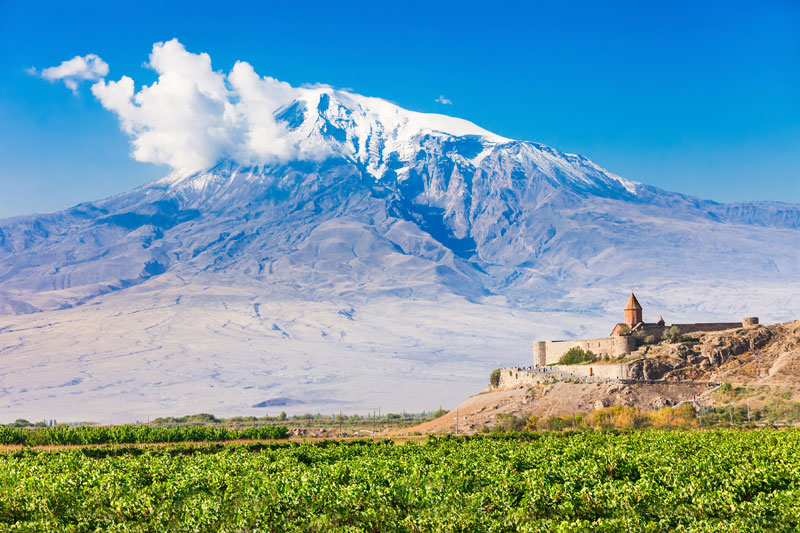
The Khor Virap is an Armenian monastery located in the Ararat plain. Ararat is the place believed to be the resting place of Noah’s Ark.
We also admired Victory Park (Haghtanaky Zbosaygi) where a striking Soviet-era statue commands an incredible panoramic city view. Mayr Hayastan, the statue well known as the female personification of Armenia, symbolizes strength and is a tribute to motherhood. It’s such a stern figure, considering how cheery and amiable Armenians are.
About 20 kilometers to the east of Yerevan is the Garni pagan temple (Temple of the Sun God Mithra), dating back to 77 A.D. Located in an amazing natural setting, it was the summer residence of the Armenian kings. The complex also includes royal palace ruins and Roman Baths with a well-preserved mosaic. The structure can be seen as a depiction of the cosmos, with a raised platform on top of nine steps leading to the main entrance. There are 24 columns in the temple representing the hours of the day with six in front and the back, and eight on the sides, which is the symbol of life. Visitors will leave in awe, as the monument is the only still-standing Greek temple in the former Soviet Union.
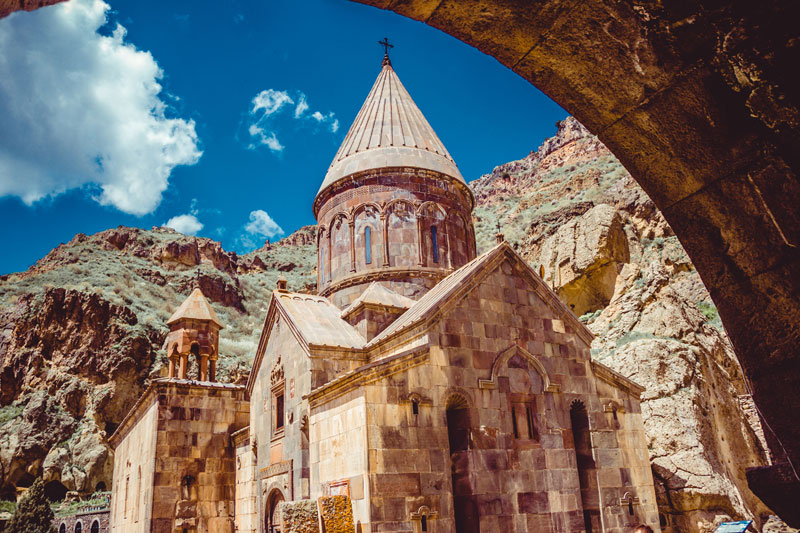
The Geghard cave monastery is an outstanding medieval Armenian masterpiece, partly carved out of a mountainside.
We continued our discovery of Armenia until we reached the Geghard cave monastery, an outstanding medieval masterpiece, partly carved out of a mountainside that is remarkably well preserved. It is said that the “Holy Lance” that pierced the body of Christ was kept here. The complex was introduced in the 4th century as a sacred spring inside a cave. Today it is included on the list of UNESCO World Heritage sites.
We traveled, too, to the Gegharkunik province for Lake Sevan. Despite being landlocked, Armenia can still boast its “blue pearl,” the majestic Lake Sevan, which is the world’s second greatest high-altitude fresh-water lake. We visited Sevanavank Monastery with its St. Atakelots and St. Astvatsatsin churches, located on the peninsula. From the monastery you can marvel at the beautiful view of Lake Sevan, the “blue-eyed” bride of Armenia.
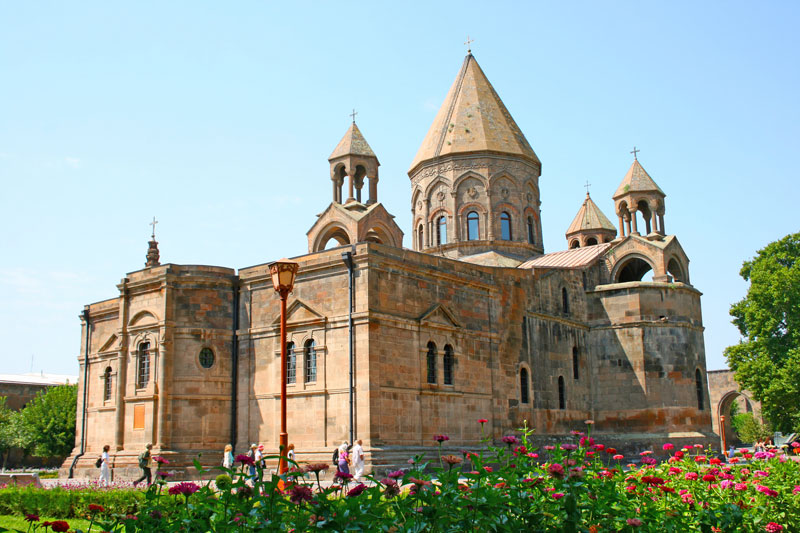
The Echmiadzin Cathedral is the mother church of the Armenian Apostolic church.
We left Armenia with memories to cherish for a lifetime. Come and visit Armenia and experience it on your own.
* * *
Email the author at miladay.star@gmail.com.
For inquiries on Iran to Armenia, call Adams Express Travel at 521-1651/1638/1698. Fax 521-2255. Email adamstravelcorp@yahoo.com www.adamsexpresstravel.com. Departure for Iran, Armenia and Georgia is on Sept. 7.



















